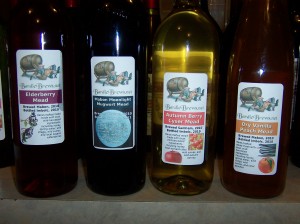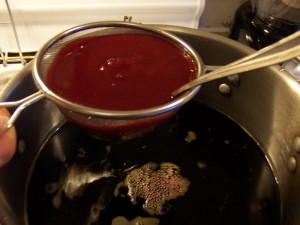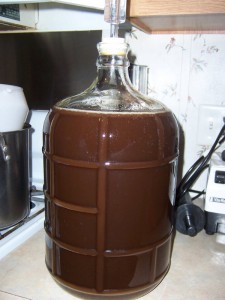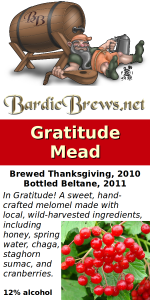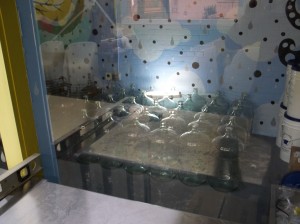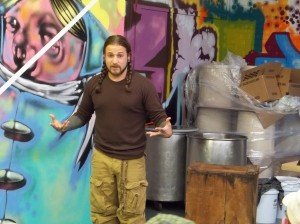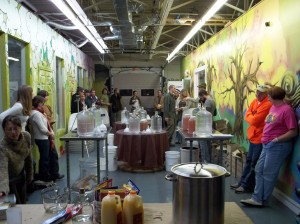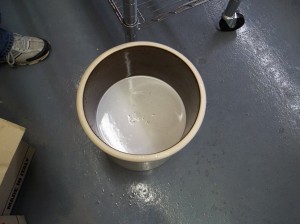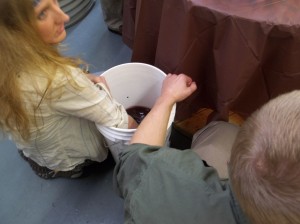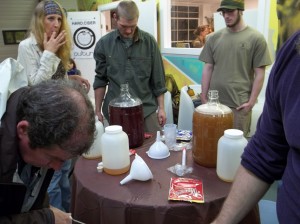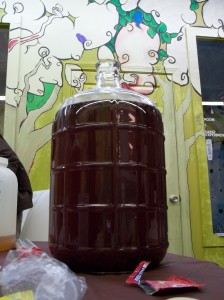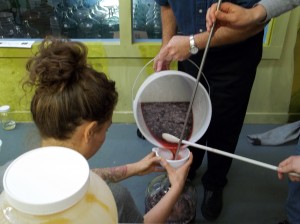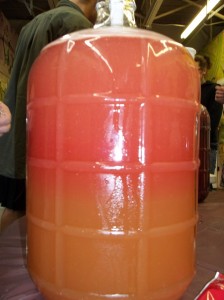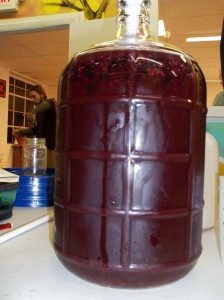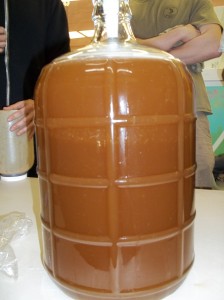When I first started brewing beer years ago, the first book I read on the subject was The Complete Joy Of Homebrewing by Charlie Papazian. It remains a great introduction to homebrewing, written during the homebrew renaissance of the 1980s, after President Carter legalized homebrewing. The book focuses mostly on beers, but does have a detailed appendix on meadmaking.
In the appendix, he states that his favorite mead ever was Prickly Pear Mead:
Prickly Pear Mead is the most seductively delicious mead I have ever had — ever. Its color can be as dramatic as a sunset. The fluorescent crimson of ripe prickly pear fruit, the titillatingly soft character of light mesquite honey, a floral bouquet of the Sonoran desert freshly washed by rain and, finally, the sweet delicate currant nature of the world’s finest sherry all combine to stun your senses in appreciation of one of the greatest gifts to this world.
With a description like that, who can resist? I knew I had to try it one day. Unfortunately for me, the Prickly Pear is a cactus, and only grows in the desert. Not too many of these plants local to me in New England.
Enter Facebook. A fellow health drink enthusiast who does live in the desert, Anthony Anderson, posted about harvesting wild prickly pears where he lives in Arizona. I commented that I wanted to try a prickly pear mead, and he was kind enough to send me some! Thank you Anthony! Gratitude!
The pears themselves are, well, prickly; you have to handle them with care (meaning with tongs). They are gorgeous in color:
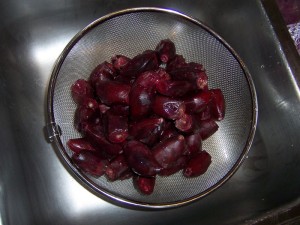
Because of the prickliness, I decided that rather than try to process these by hand, I’d just run them through our Champion juicer. Worked like a charm, with only a little seedy pulp left:

And in the end, I had about 1.5 quarts of the most amazingly vibrant fresh fruit juice I’ve seen in a very long time:

So I made a mead with this amazing juice. I started with a chaga decoction, and infused 3 bags of black tea. I then added the prickly pear juice, along with enough honey (about 3/4 gallon) to get things up to 18% alcohol potential:
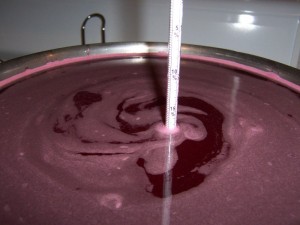
The result is a vibrant brew that just glows with royal purple, the color is not unlike the elderberry mead I made last fall:

I think I’m gonna let this one go for a while. Charlie Papazian claims his Prickly Pear Meads can take sometimes a year — or even two — of fermentation. Not sure I’ll let it go that long though…. I didn’t use his exact recipe, but rather adapted my own meadmaking method to incorporate the prickly pears. Can’t wait to try it! Thanks again Anthony…
UPDATE, May 2, 2011: I just racked this mead, and wow. It’s a semi-sweet at about 3% remaining alcohol potential, which gives this batch about 15% alcohol content. It’s stronger than some of the recent meads I’ve done, and it tastes it! What an incredible color, still! And flavor-wise it will benefit greatly from aging. Very excited!


